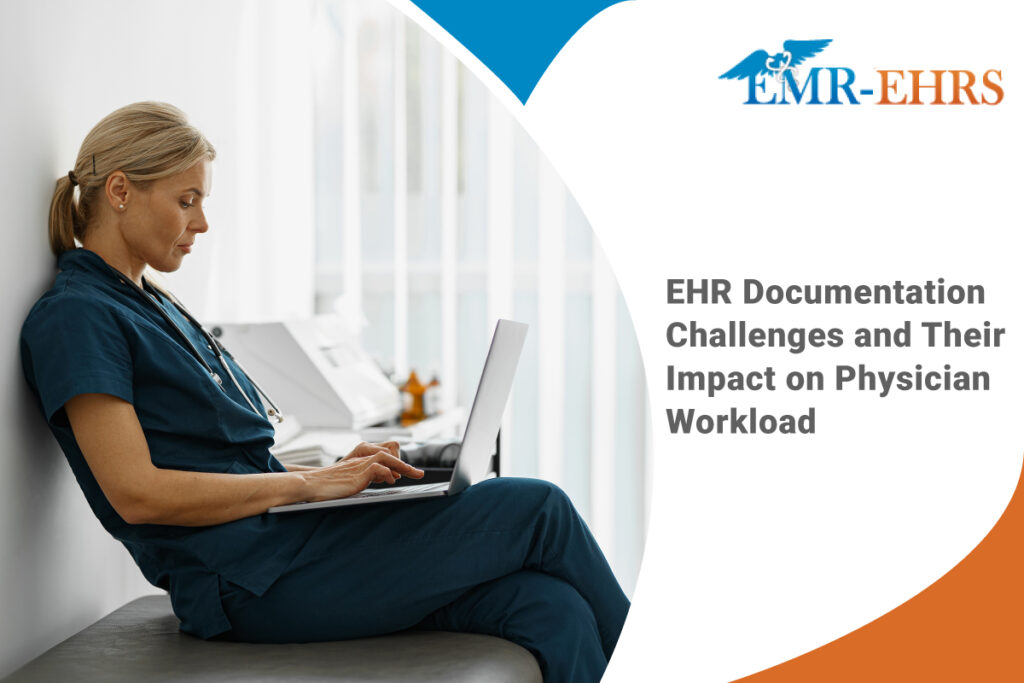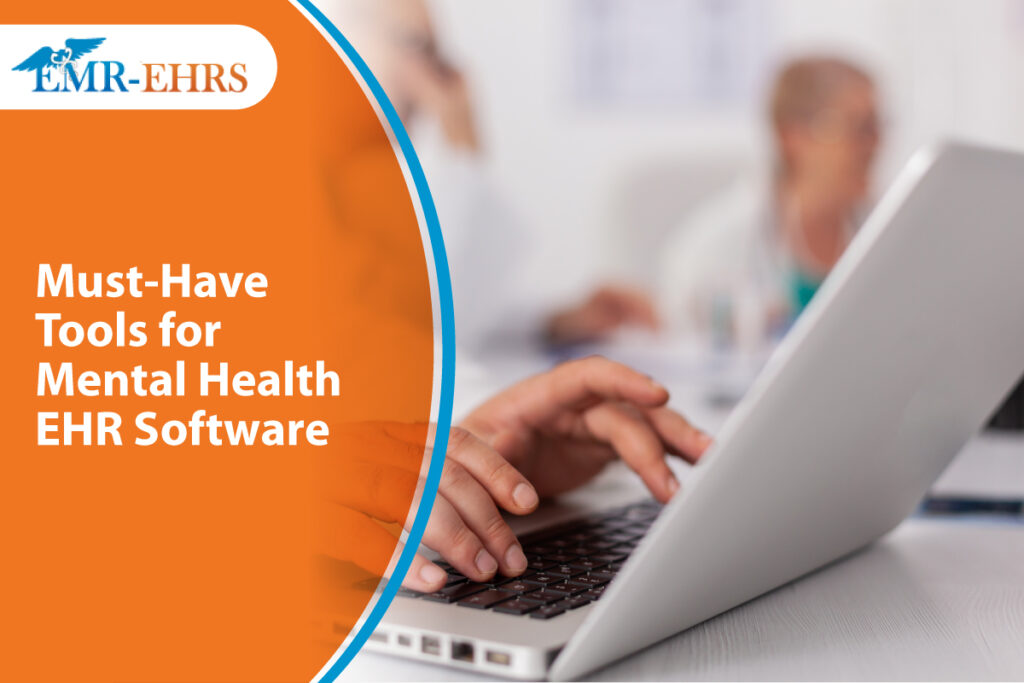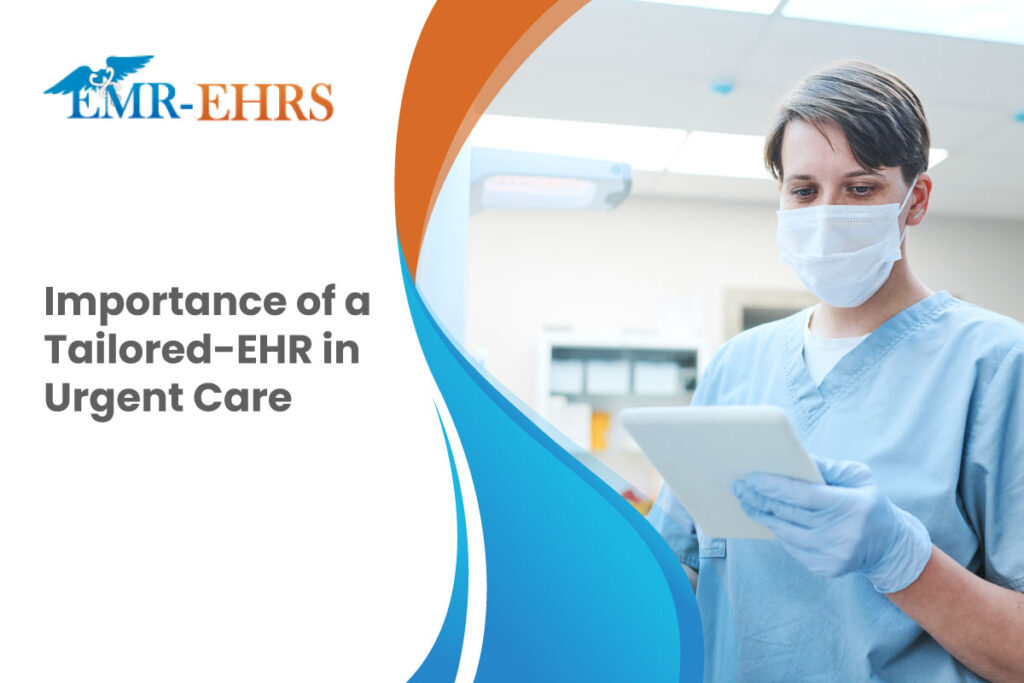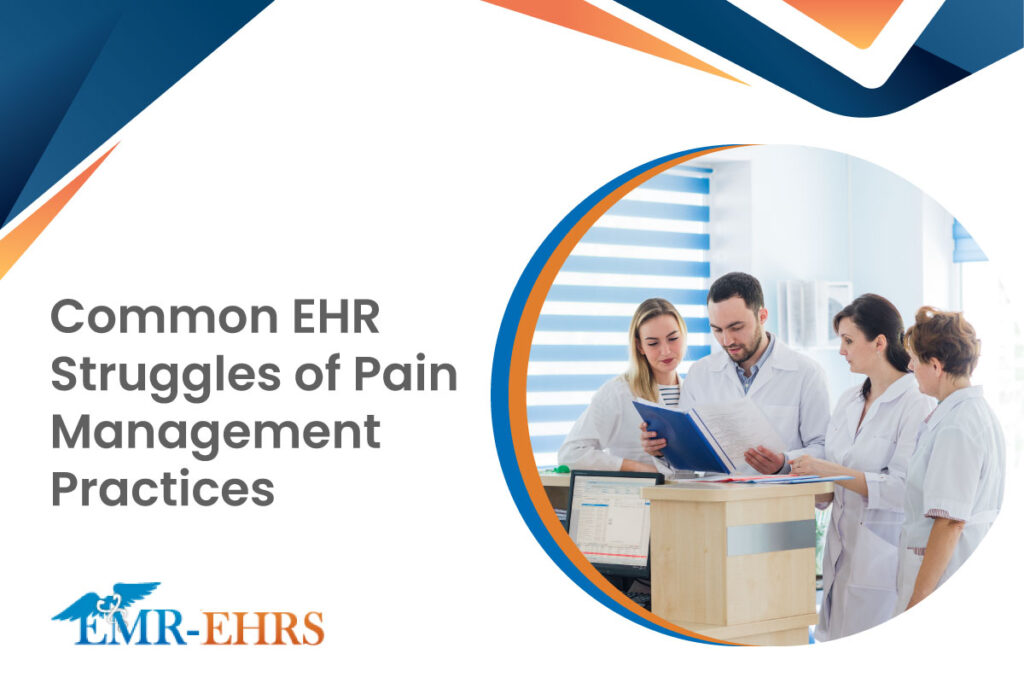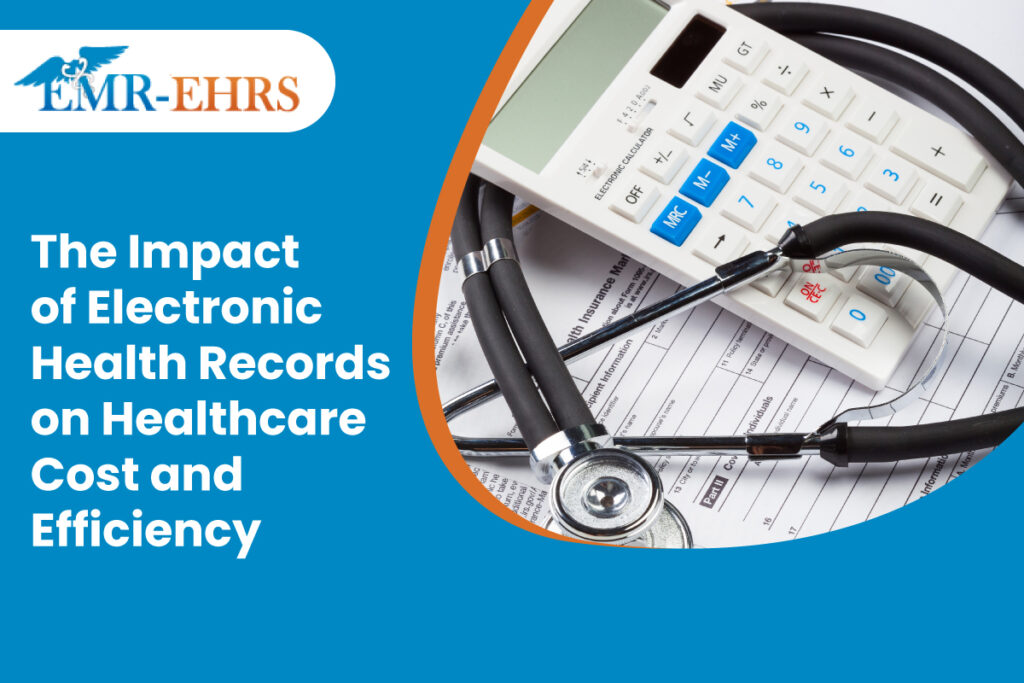
Electronic Health Records (EHRs) are integral to modern healthcare systems, providing patients with a higher level of care than ever before. Moreover, EHRs offer users easy access and data security, which are valuable to medical facilities and patients.
Likewise, how are EHRs impacting healthcare costs and efficiency, considering they have transformed how providers gather, store, and share patient data?
In this blog post, we will explore the benefits of EHRs, specifically their impact on healthcare cost and efficiency.
Why Are Electronic Health Records Important?
EHR systems store, organize, and manage patient health information, including demographics, medical histories, diagnoses, prescriptions, allergies, and laboratory results. In this way, you can make better-informed decisions about a patient’s care, leading to better outcomes.
According to the Centers for Medicare & Medicaid Services (CMS), EHRs facilitate access to information and streamline clinician work processes. Moreover, an EHR organizes patient data, making it easy to evaluate the patient’s record before and during an appointment. EHR systems benefit you by decreasing the time spent doing paperwork. With this technology, your practice can reduce costs by streamlining routine tasks, reducing errors, and accelerating data entry/access. (Source: SAGE Journal, 2022)
Benefits of EHR Systems
EHR system benefits in healthcare are evident when discussing the importance of electronic health records. As a healthcare provider, the following points below show how EHRs can assist you in providing better healthcare to your patients.
- Facilitate safe and dependable prescribing practices.
- Aid in patient diagnosis, minimize medical errors, and improve safety.
- Offer precise and comprehensive patient health information.
- Allow fast access to patient records for efficient and coordinated care.
- Enhance provider productivity and work-life balance.
- Decrease costs through reduced paperwork, improved safety, fewer duplicated tests, and enhanced health outcomes.
- Ensure the security and privacy of patient data.
- Foster communication and interaction between patients and healthcare providers.
Likewise, you can consider these points to be advantages of electronic health records. Having structured data allows sharing of data across multiple healthcare organizations, which is its main benefit. An EHR data structure will enable you to share patient health information across pharmacies, laboratories, imaging centers, specialists, etc.
Impact of EHRs on Healthcare Costs
The benefits of EHRs include integrating clinical decision support (CDS) at the point of care and computerized provider order entry (CPOE) systems. With the introduction of decision support systems, EHR systems benefit you by enhancing care quality and reducing healthcare expenditures.
Improves Medication Management
EHR systems contain safety features that reduce medication errors. With EHR, you can receive alerts regarding allergies which assist you in being aware of the adverse effects of medications when ordering them. This system indeed prevents medical errors and improves patient safety. In addition, EHRs facilitate easier medication management and reduce resource consumption by reducing the number of forms and needless lab orders.
Streamlines Billing and Coding
Billing and coding medical records and insurance information are essential to patient care. Furthermore, a medical biller or coder is responsible for coding patient diagnoses and submitting payment requests to their insurers. But how can they accomplish this quickly and smoothly?
Coders and billers can benefit from EHRs because they reduce the required paperwork. With these systems, your patients and staff will have fewer forms to fill out. It also helps your medical staff focus on providing quality care to other patients. According to a recent study, EHR technology cuts downtime between appointments and pick-ups by speeding up referral and prescription processes.
Saves Physical Storage Space
There is no need for your medical practice to purchase expensive file cabinets, folders, and printer paper and ink. Instead of wasting those funds, you can now improve the quality of care and utilize unused space to buy more medical supplies. Likewise, you can back up all your office’s medical records on a computer hard drive.
The use of EHRs can also reduce transcription costs and reduce malpractice risk by providing better documentation. This system increases formulary compliance and reduces pharmacy callbacks for clarification since prescriptions are easier to read.
Impact of EHRs on Healthcare Efficiency
Your medical staff must no longer sift through paperwork to find patient information. Accessing computerized records with just a few keystrokes is much easier and faster. This time-efficient system benefits both patients and providers.
As a provider, EHRs help you become more efficient by:
- Enhancing collaboration on patient care with other healthcare providers
- Automating billing processes through coding applications
- Maintaining accurate and complete patient records
- Streamlining the retrieval and filing process of charts
A significant benefit of EHRs is that these systems automate and streamline many healthcare processes. For instance, EHR efficiency will allow healthcare providers to schedule appointments, renew prescriptions, and order lab tests more efficiently. The system facilitates access to patient care plans, medical histories, allergy lists, medication records, and notes, thereby reducing errors.
Choose the Top EMR/EHR Software
The EHR systems are progressively becoming more prevalent in healthcare organizations since they assist healthcare professionals in providing quality care. EHRs are playing a vital role in shaping the future of healthcare, mainly because of their positive impact on healthcare efficiency and cost. So, EHRs are more than a technological advancement; these systems are a game-changer for the healthcare industry.
Over the years, we have assisted podiatrists with EHR/EMR selection, implementation, and software usage. We can customize EMR/EHR software to meet your office needs.
Schedule a demo or contact us through the contact form for more personalized information. Let’s work together to find the best software for your practice.
Do you have a favorite EHR add-on service? You are free to comment below!


